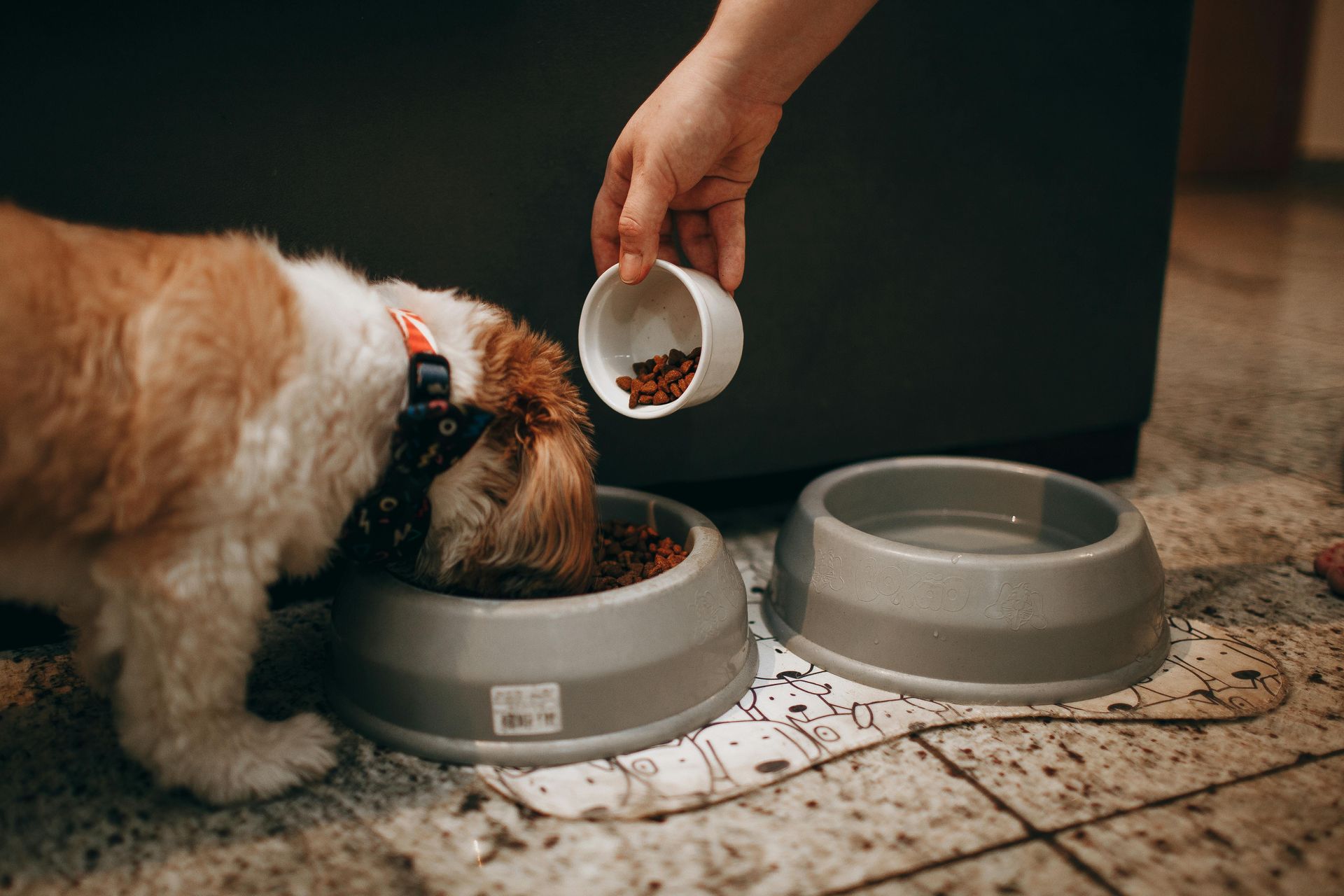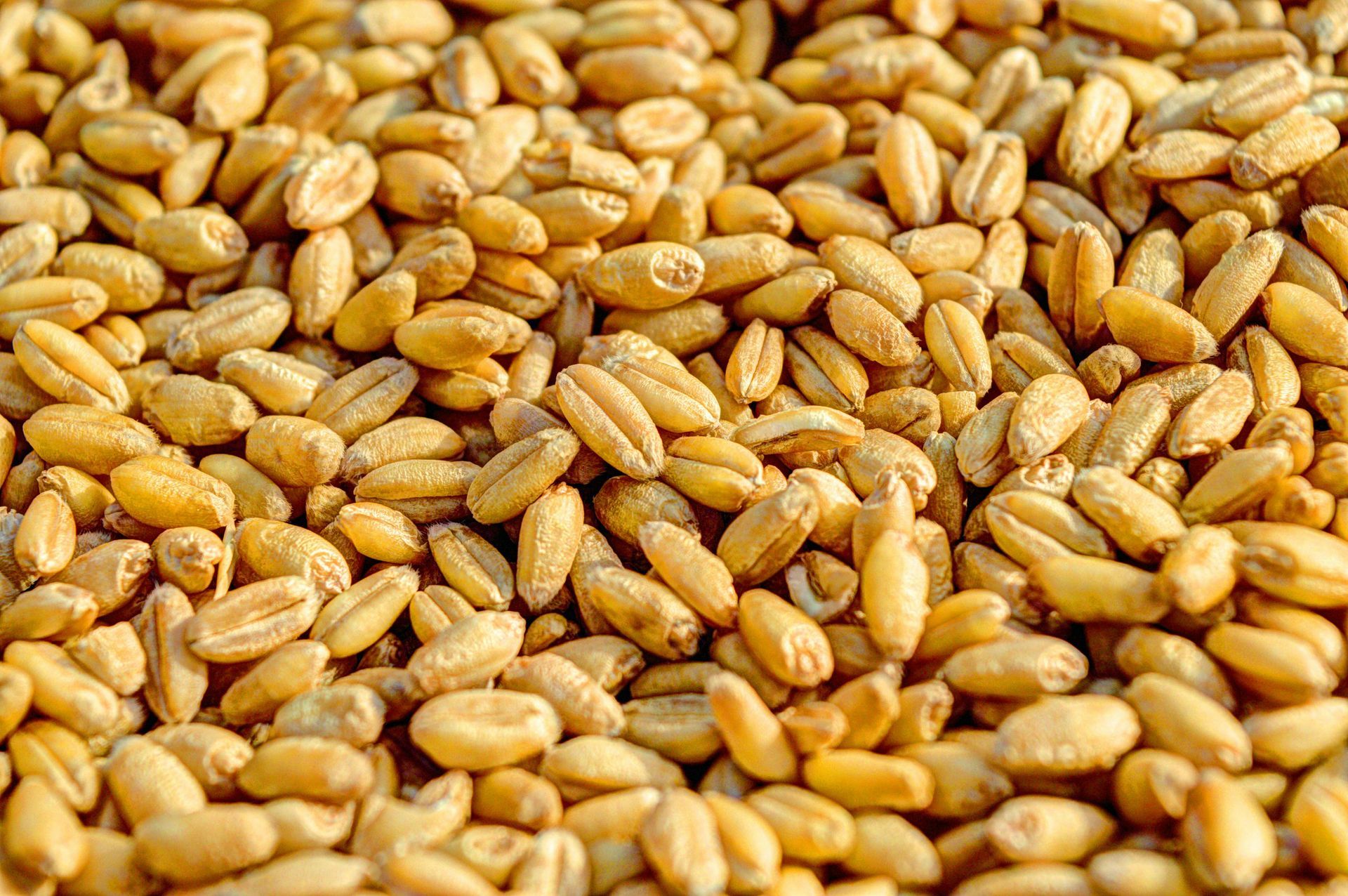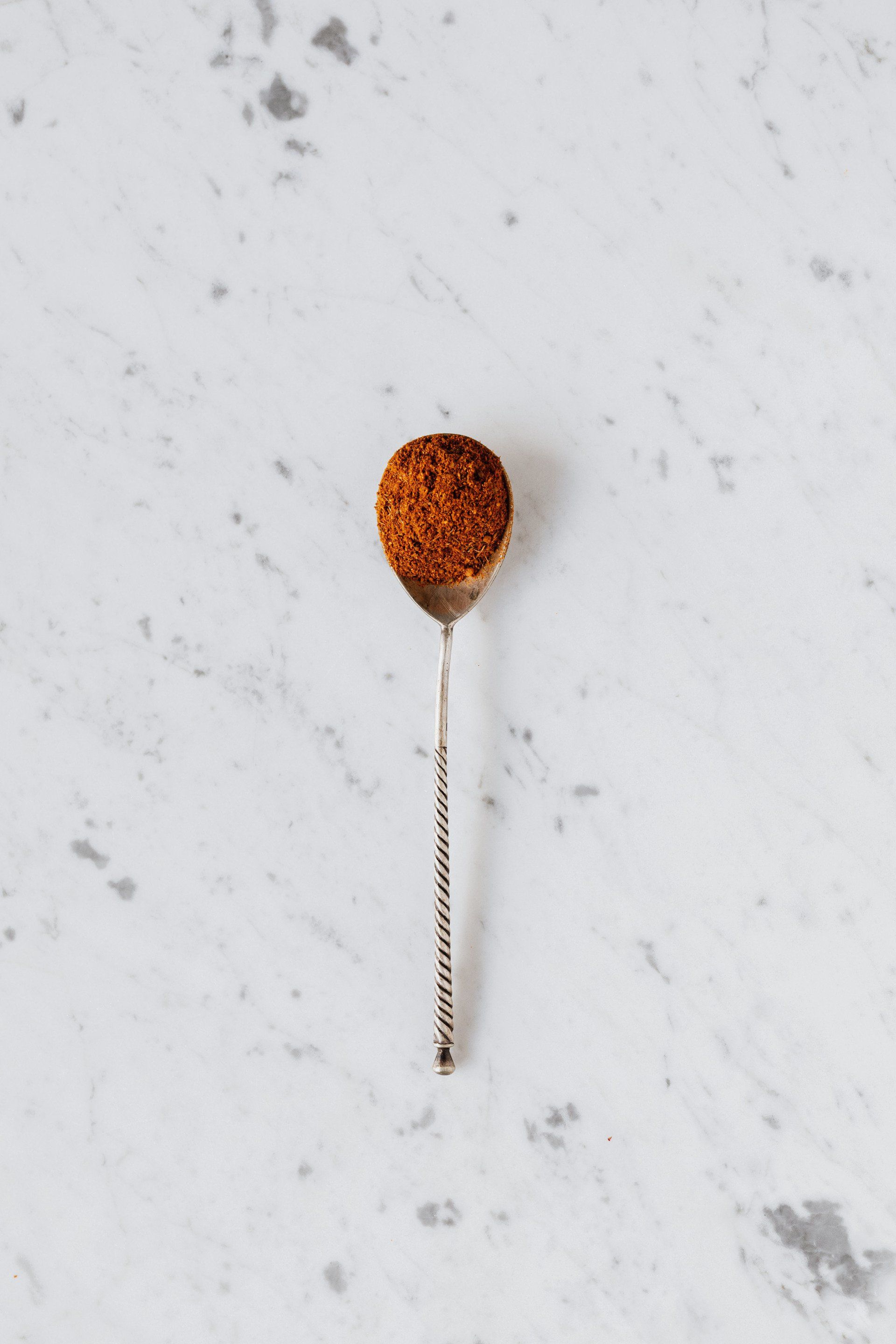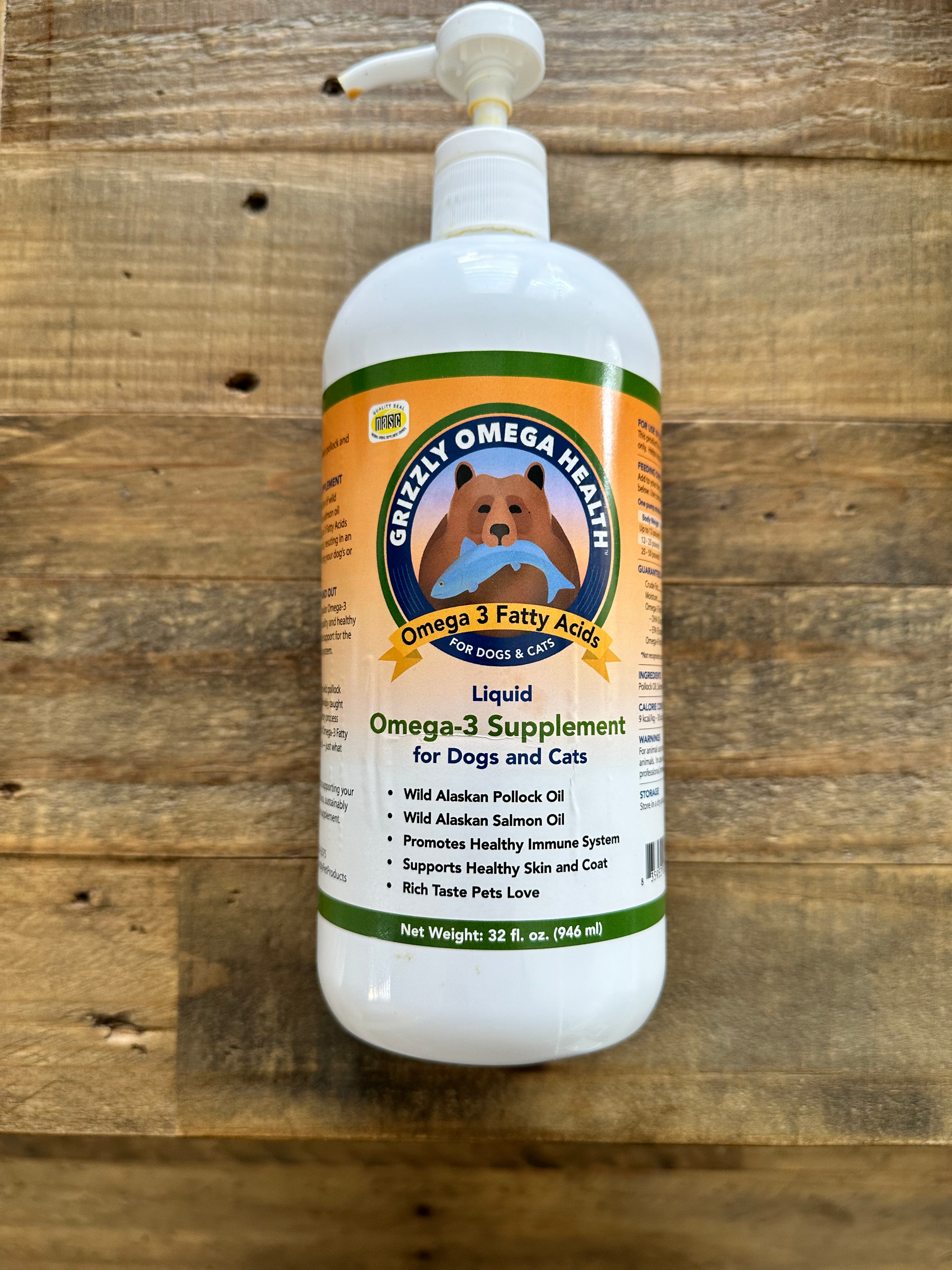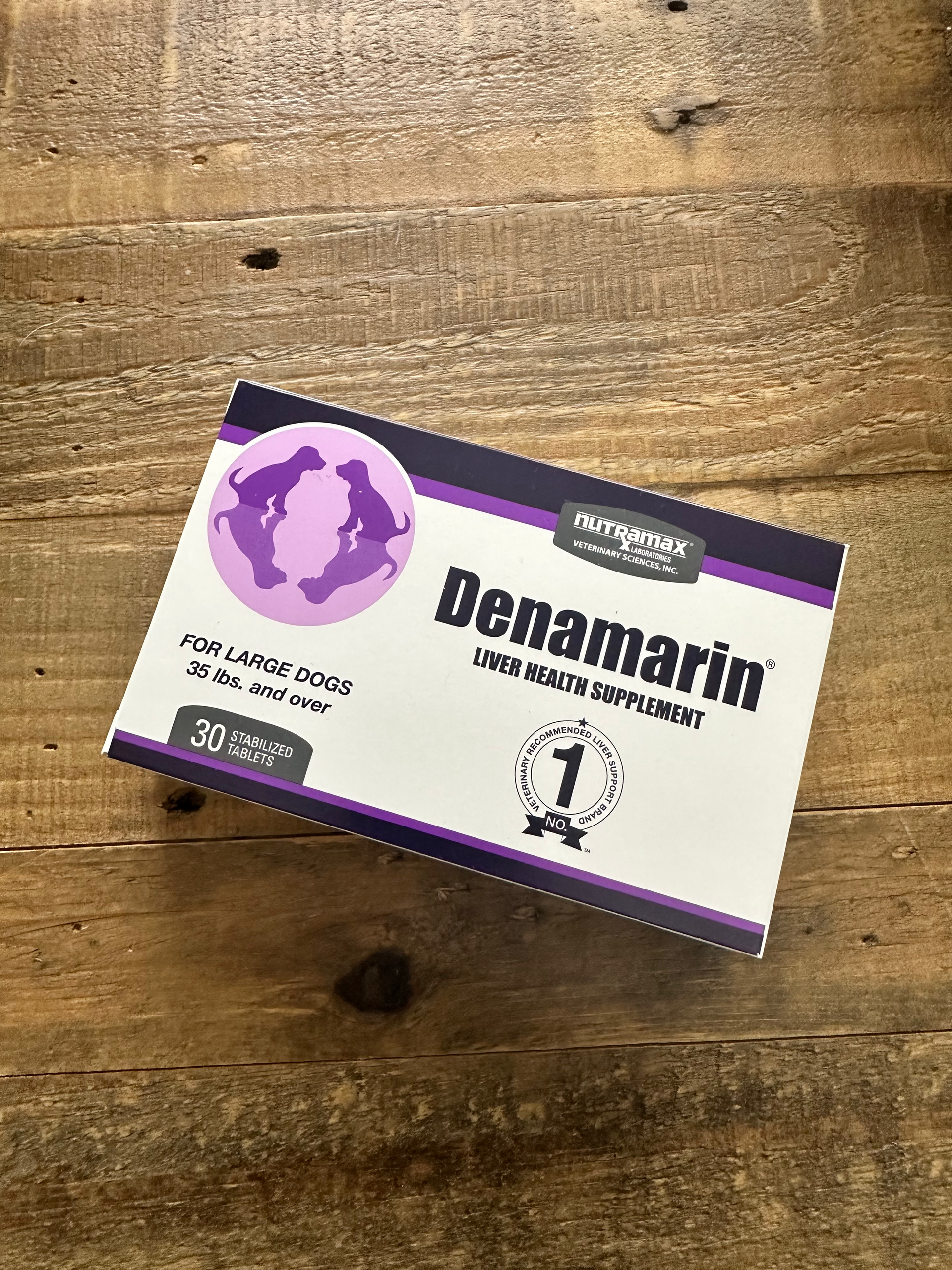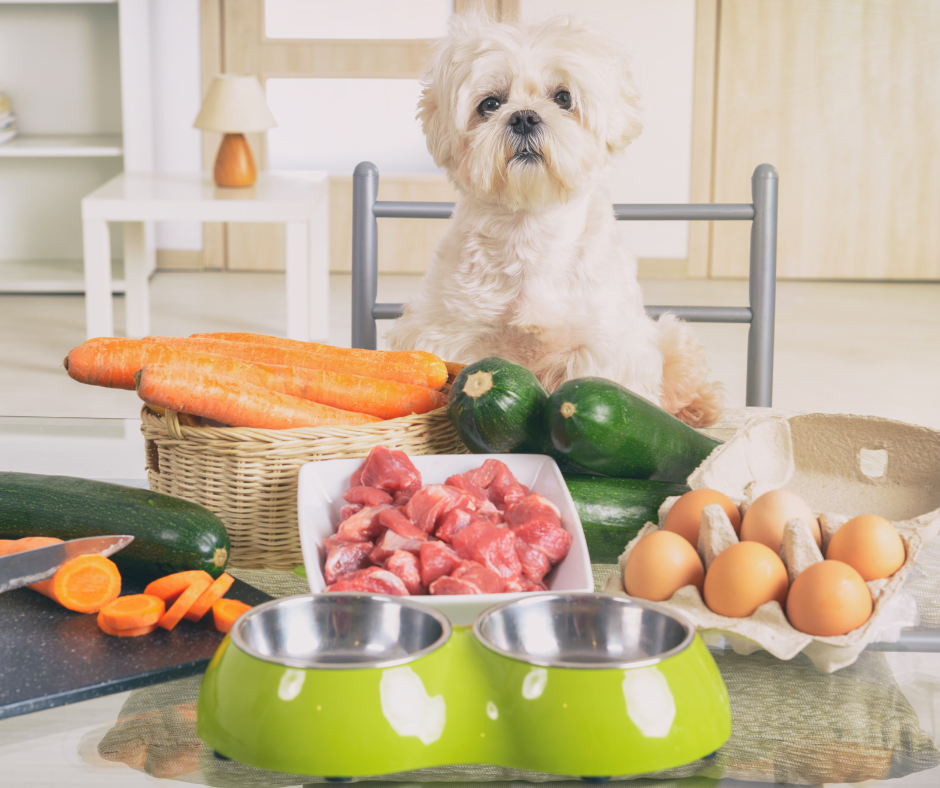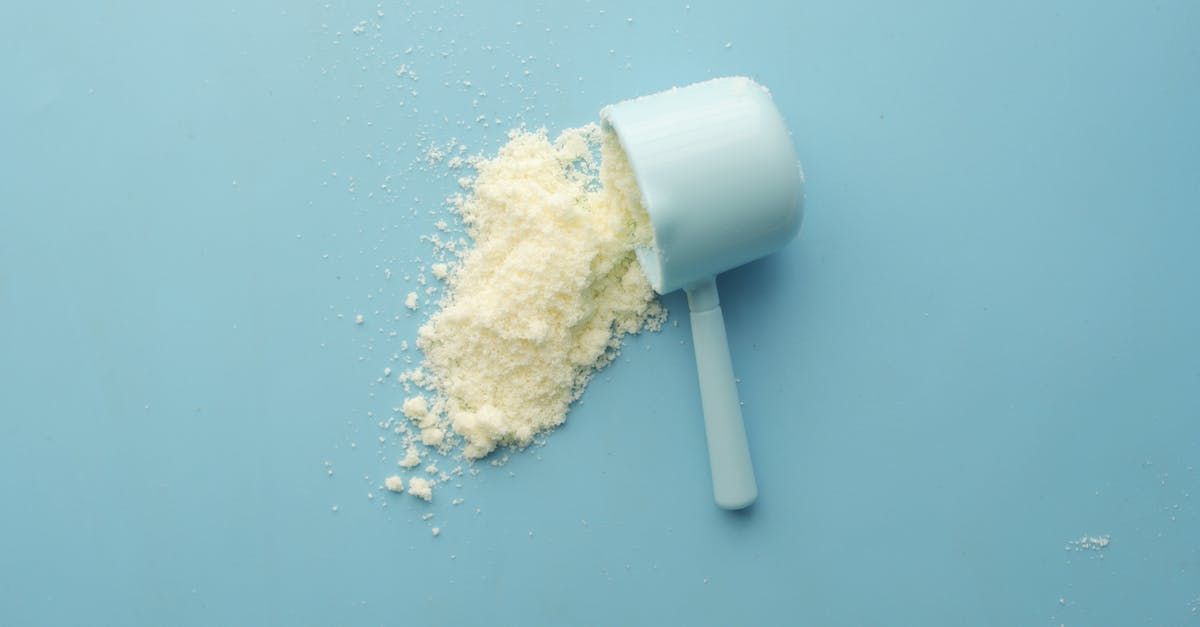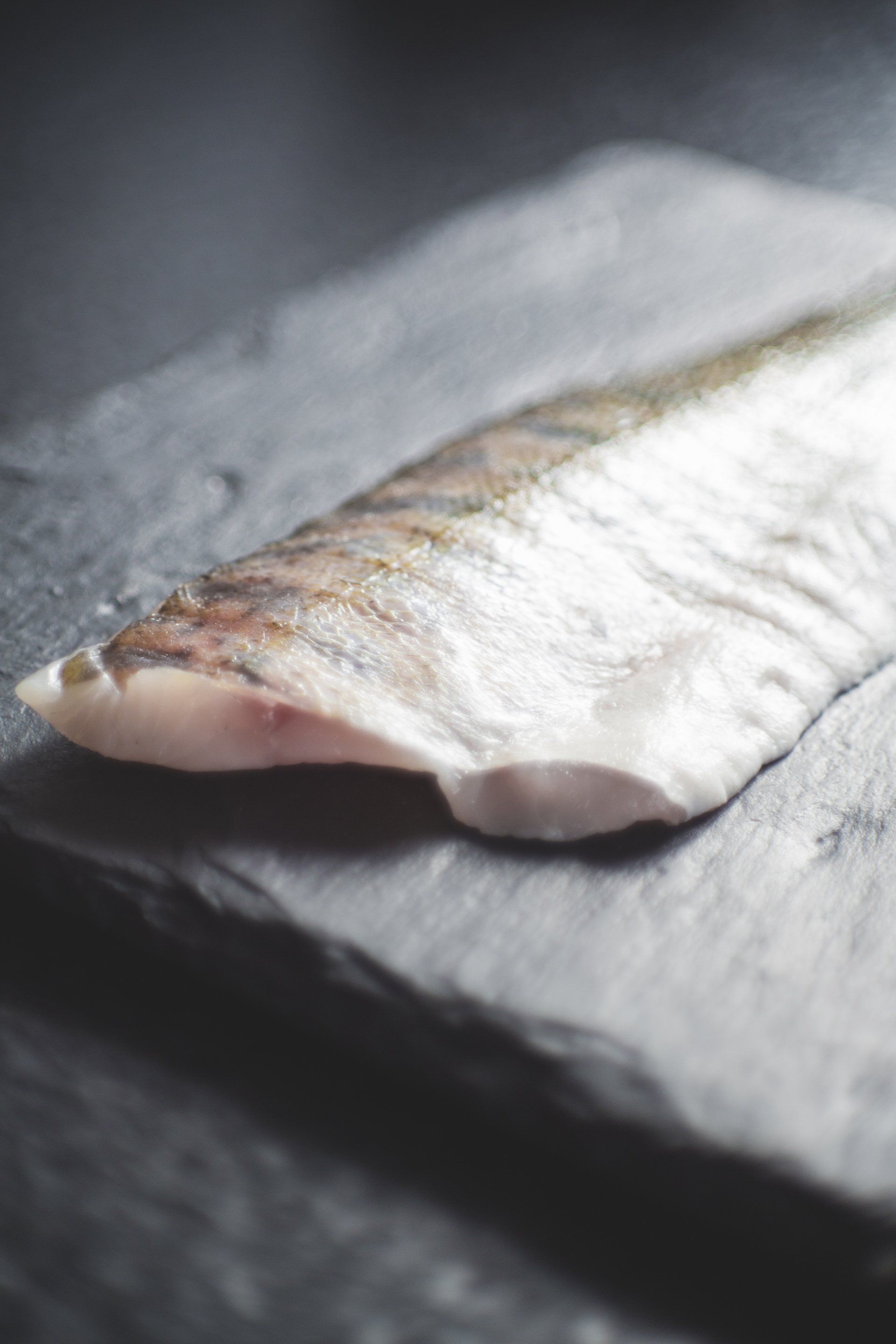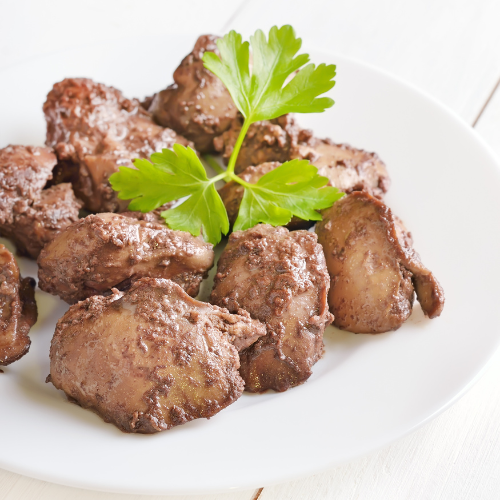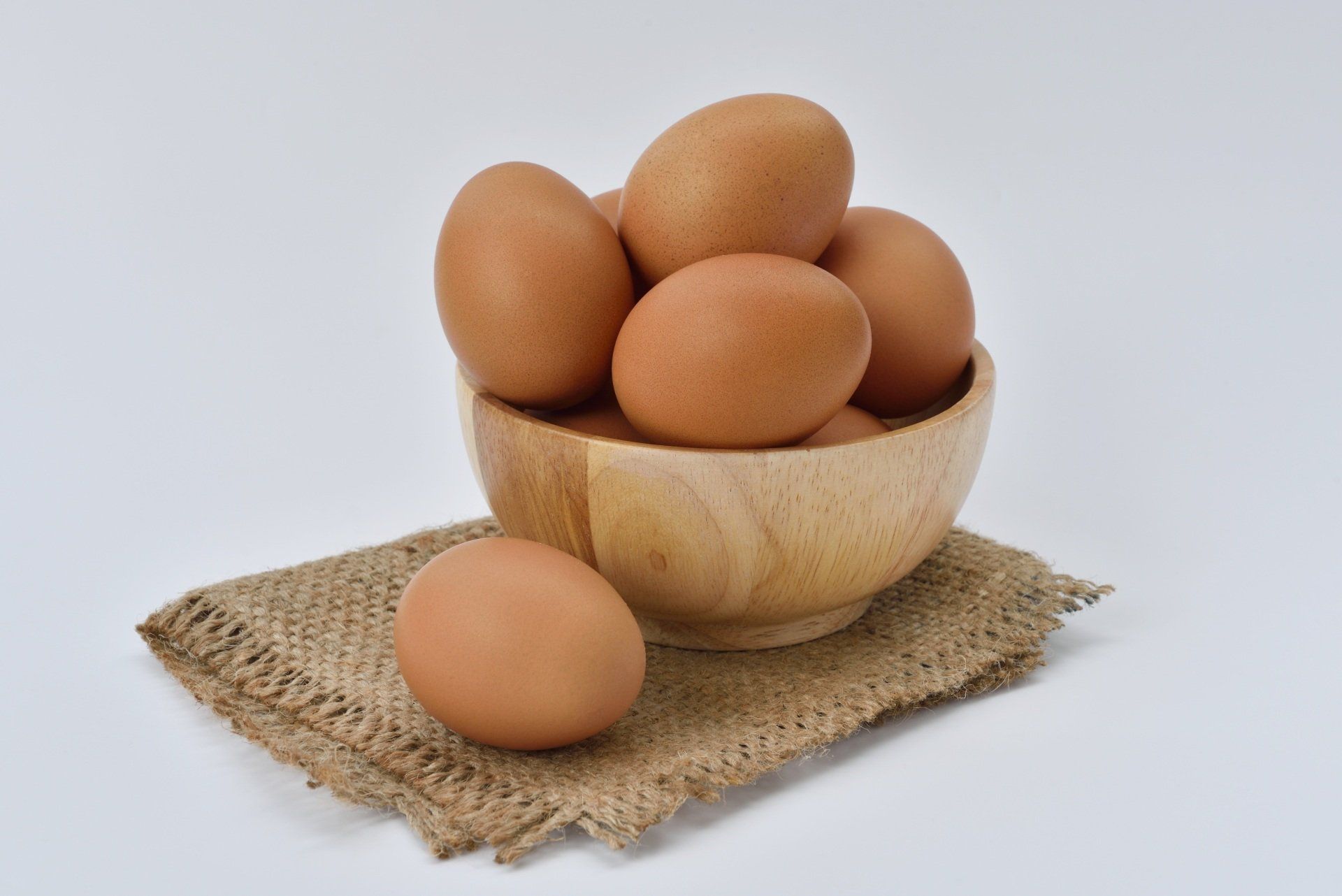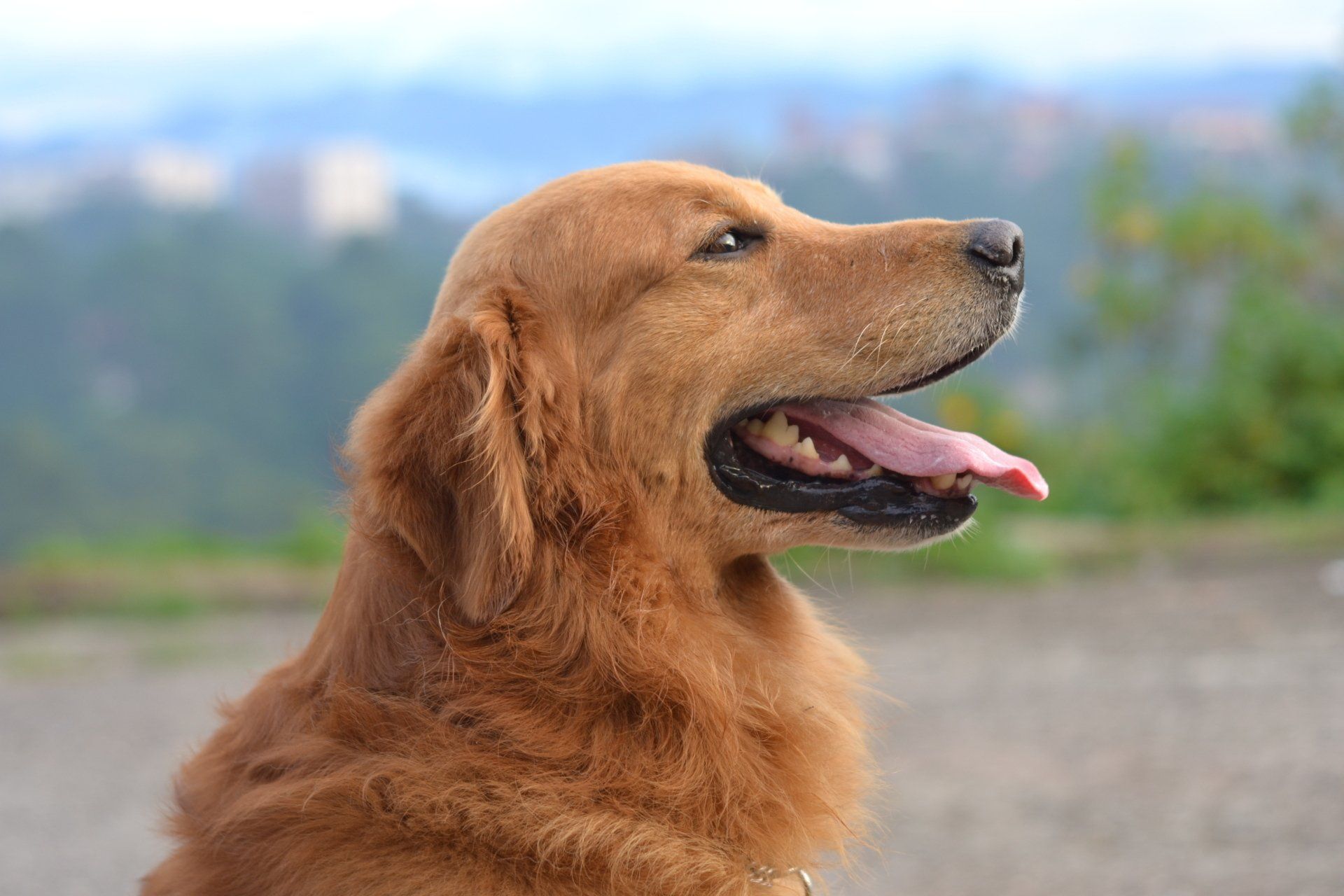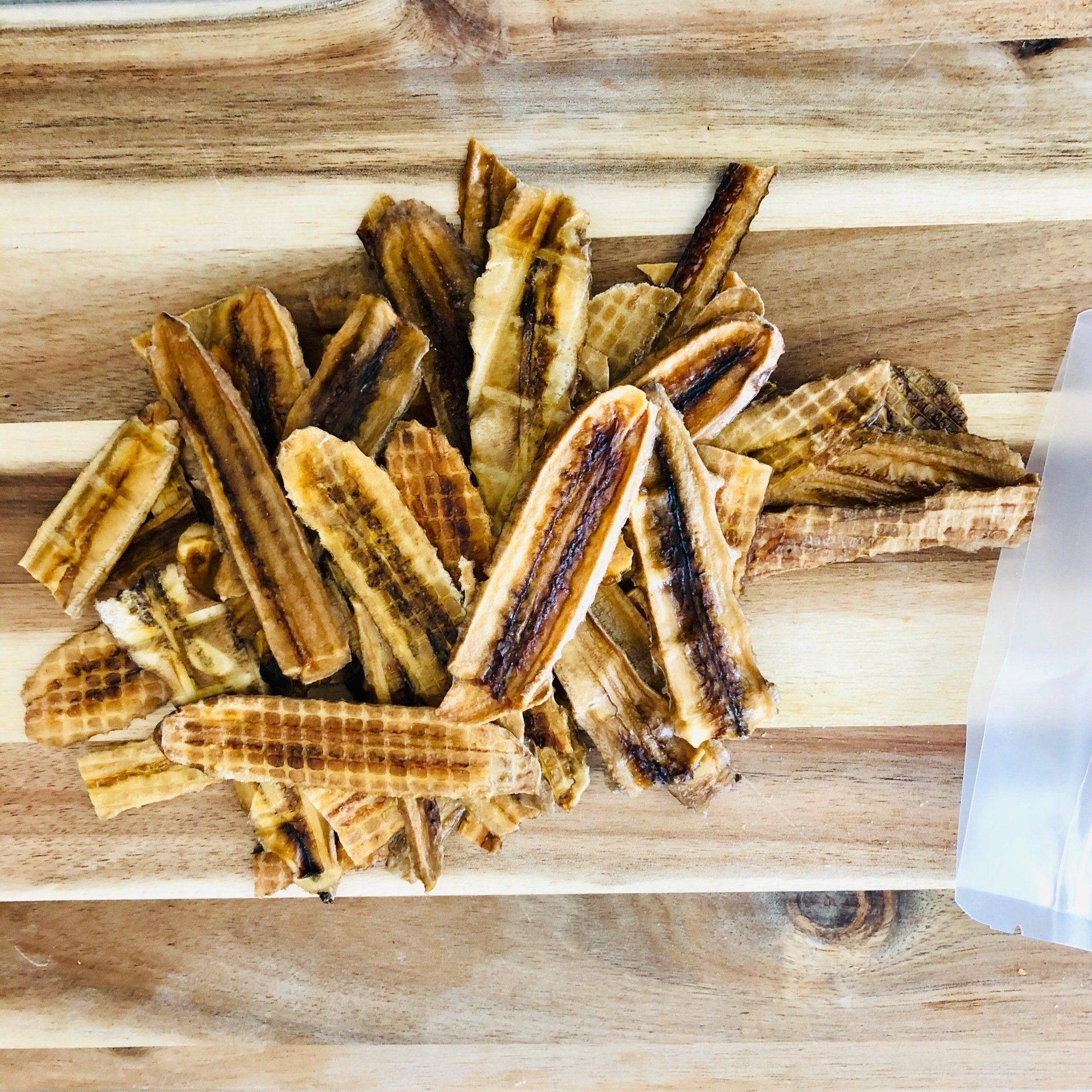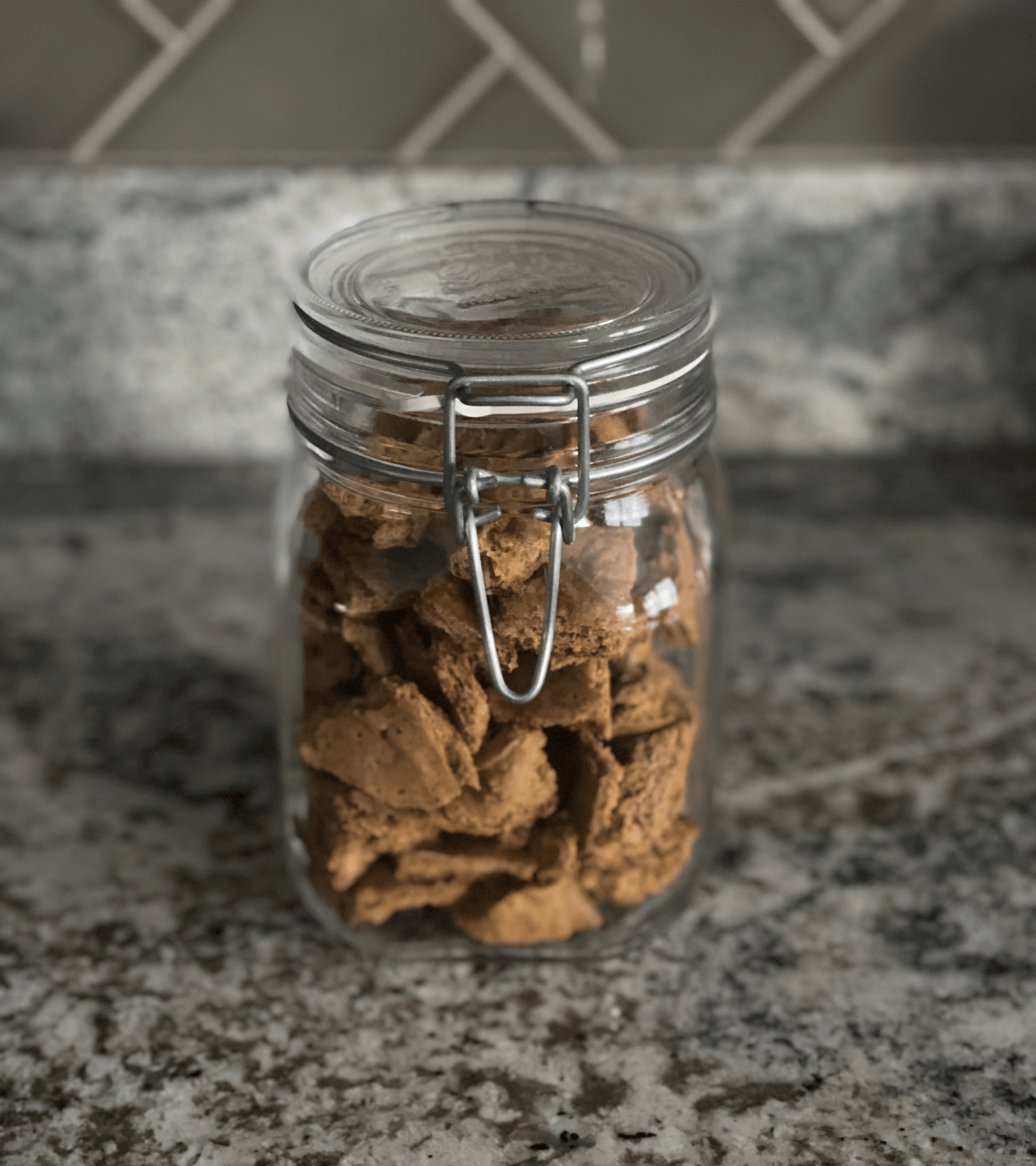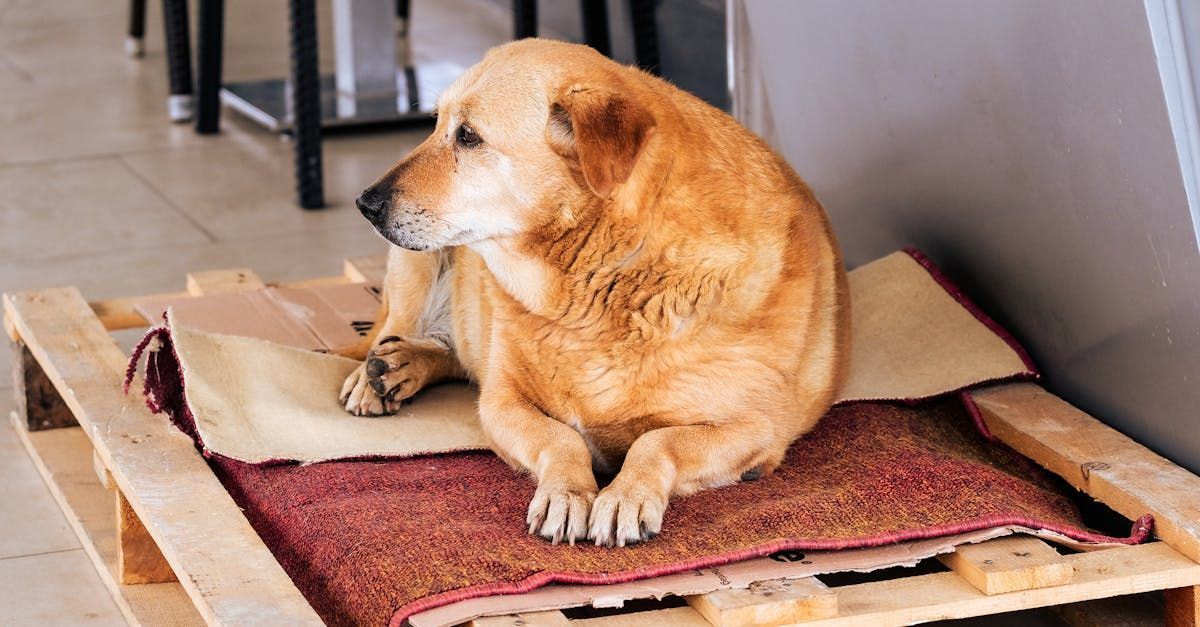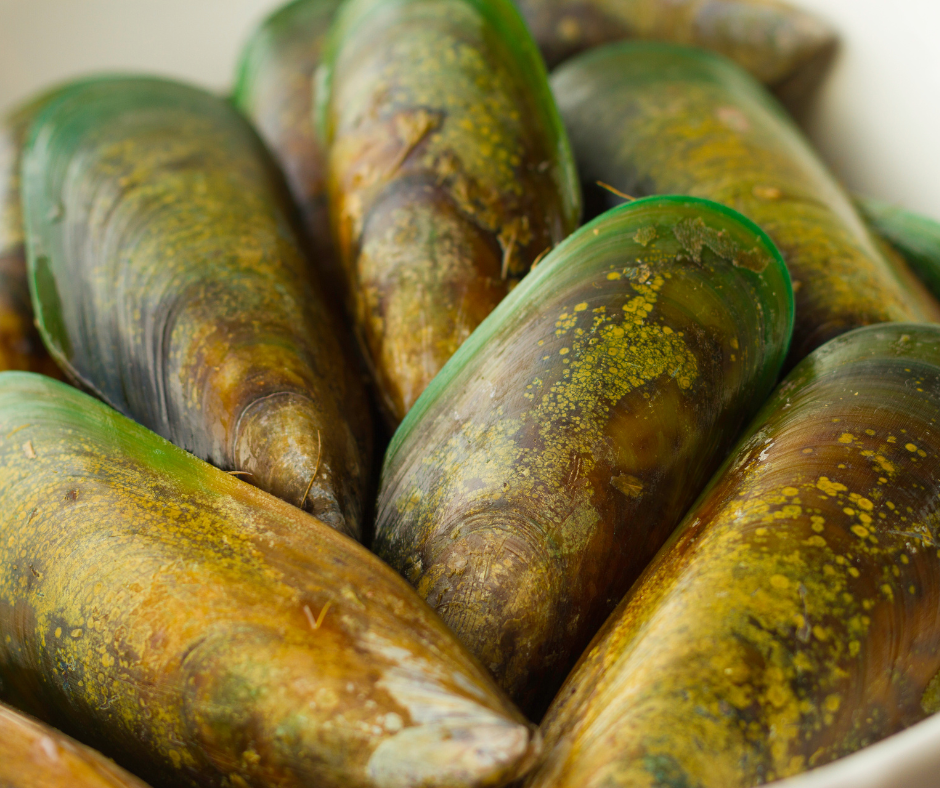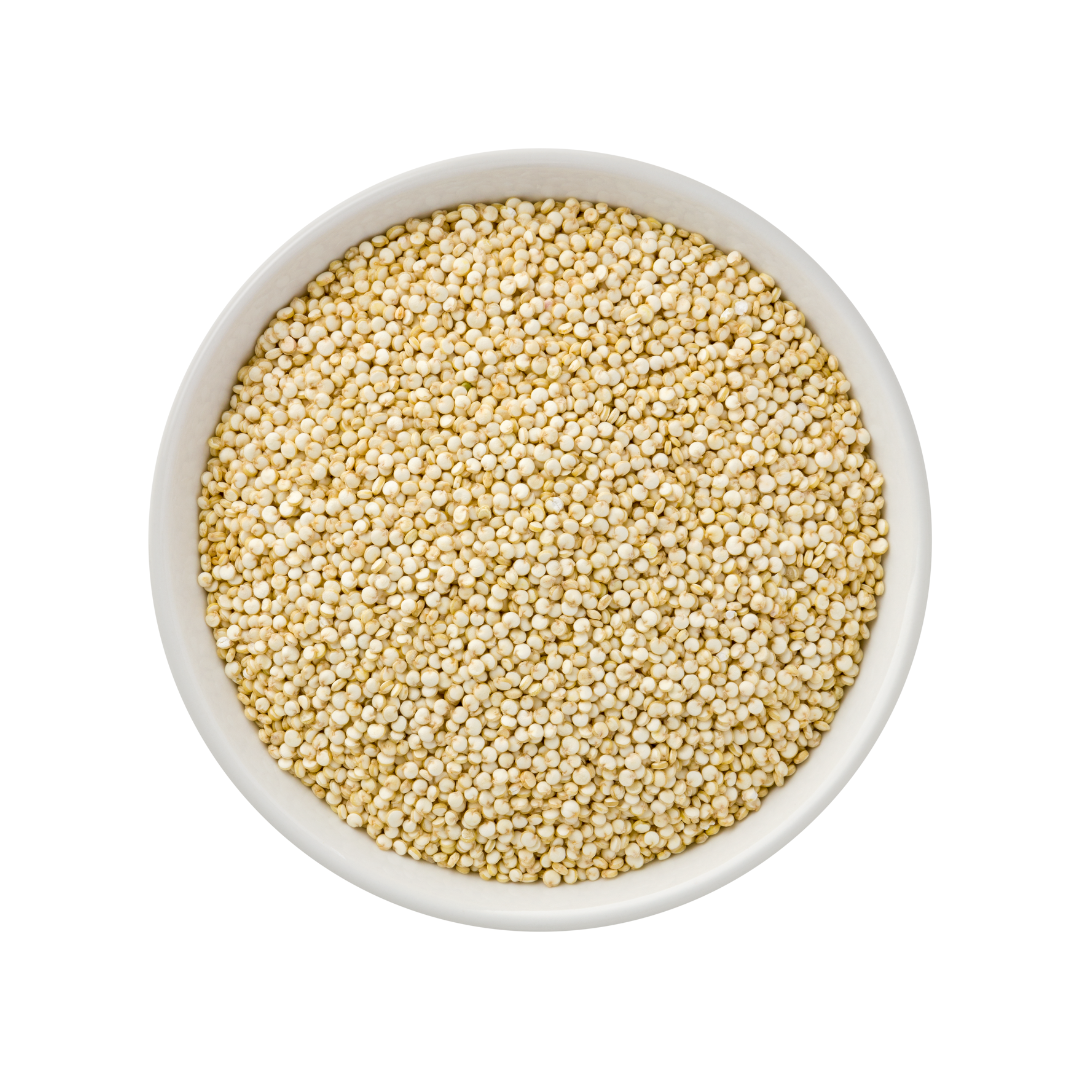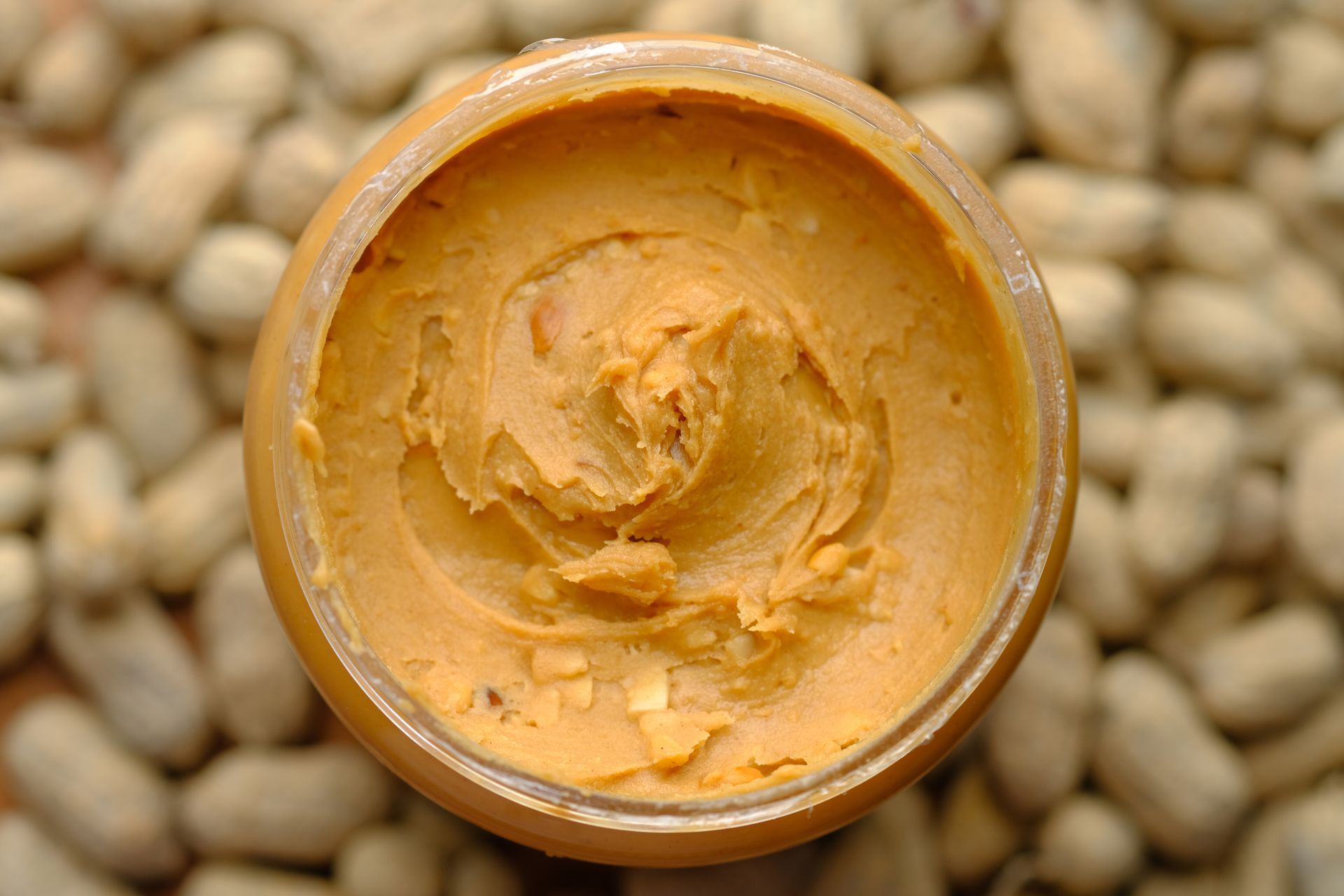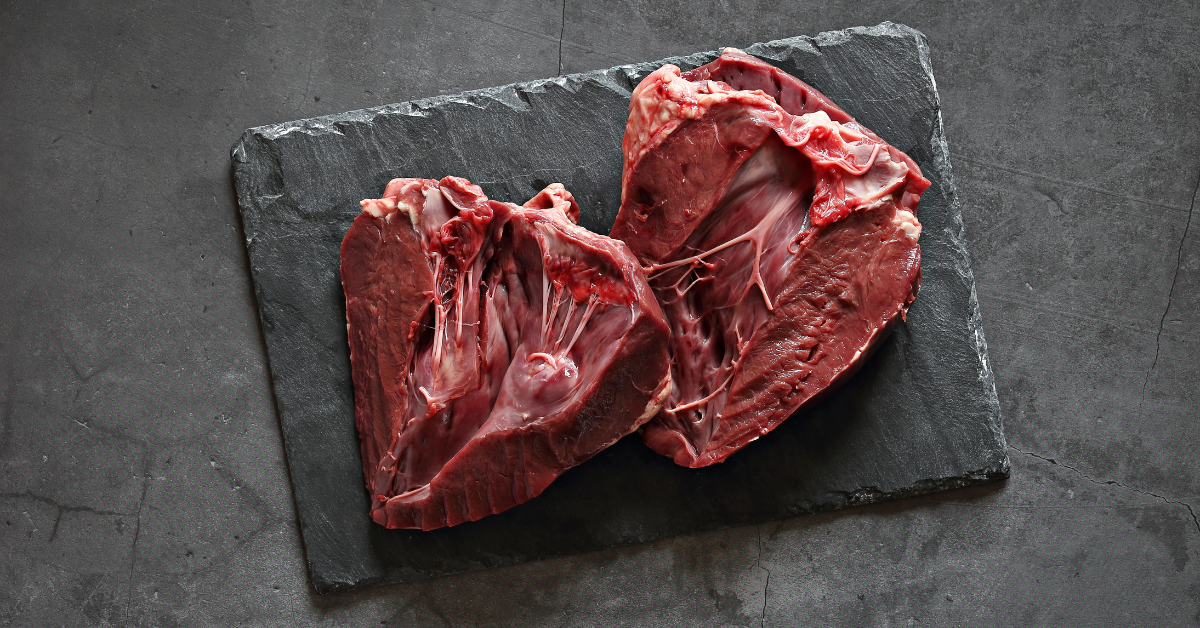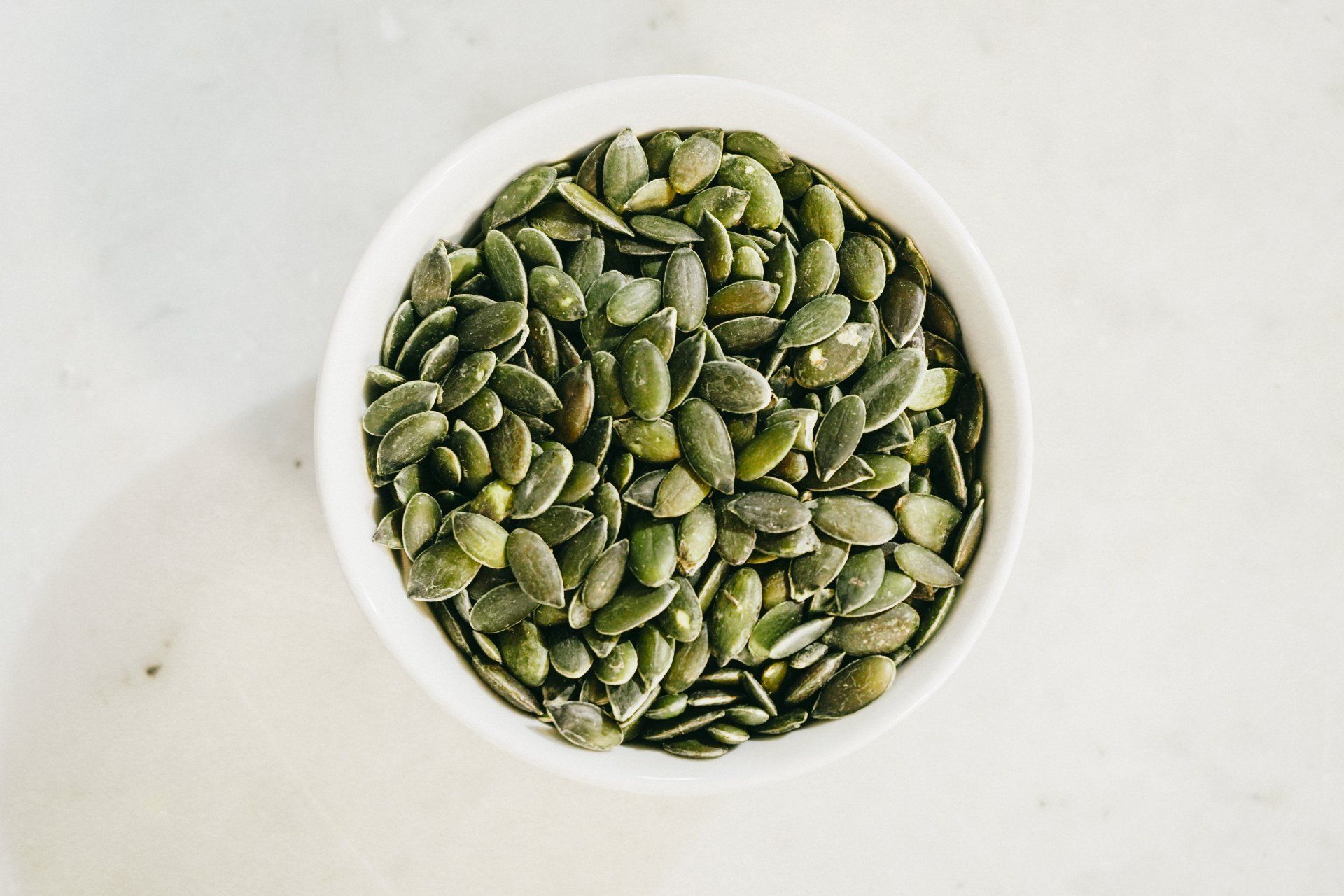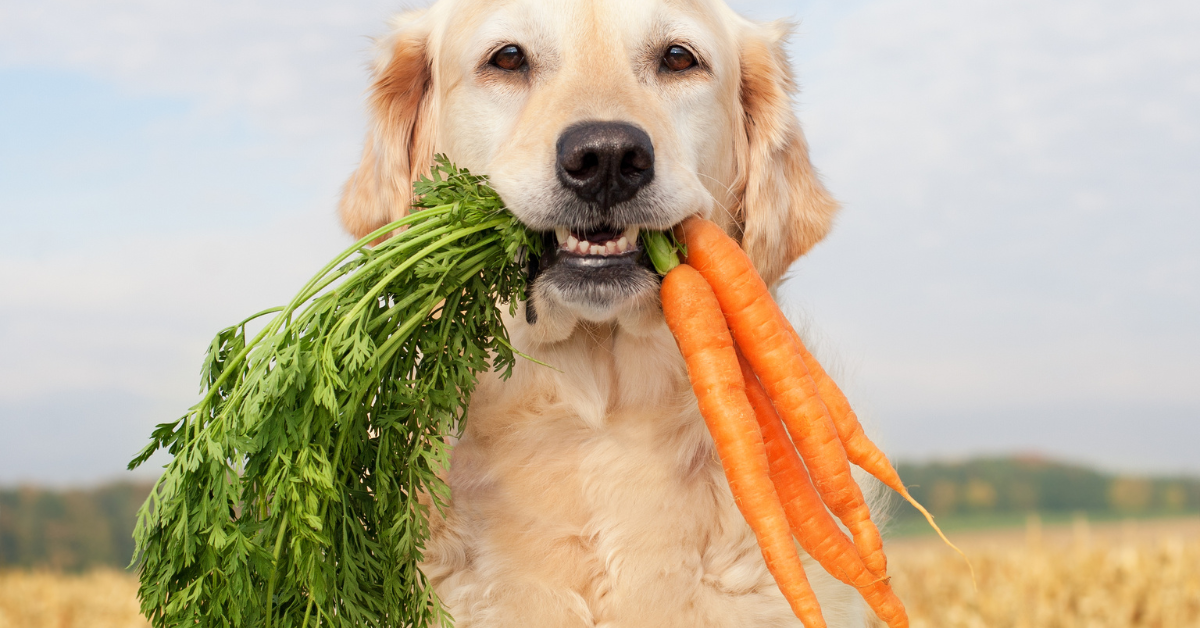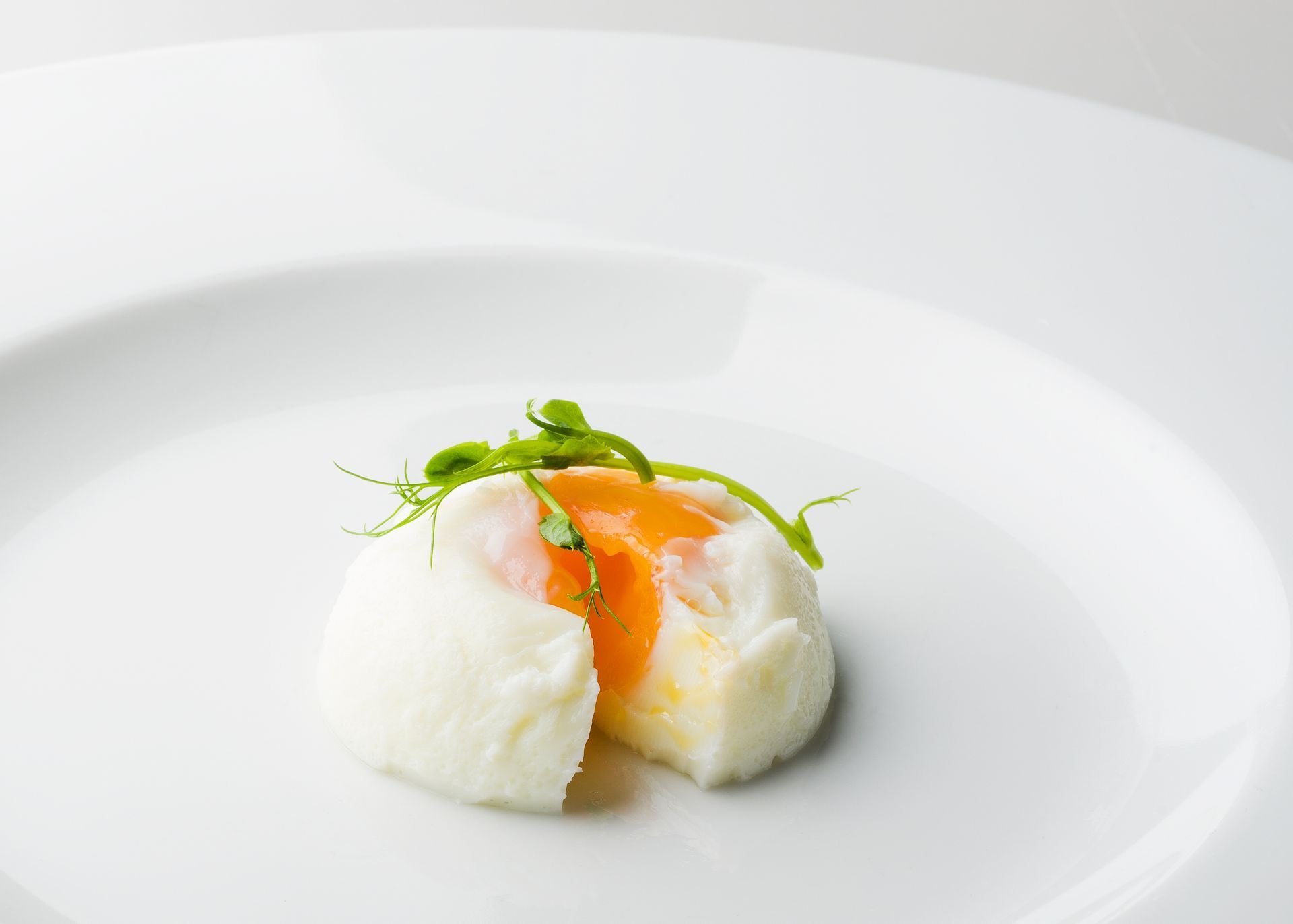Method 1: Percentage of Body Weight
This method, commonly used in raw feeding, estimates the daily food intake based on a percentage of your dog's ideal body weight. Here's a breakdown of its advantages and limitations:
Advantages:
- Simple and easy to understand: The calculation requires minimal effort, just multiplying your dog's weight by a percentage.
- Widely used and accessible: Many resources and raw feeding communities use and recommend this method.
- Provides a starting point: It offers a basic guideline to start with, especially for those new to homemade dog food.
Limitations:
- Doesn't consider individual needs: This method doesn't account for individual factors like age, activity level, breed, and metabolism. These factors significantly impact calorie requirements.
- Potential for overfeeding: Active dogs or those prone to weight gain might require less than the suggested percentage, while underweight or highly active dogs might need more.
- Lack of precision: It's a rough estimate and may not be accurate for all dogs.
How to Use This Method:
- Determine your dog's ideal body weight: Consult your veterinarian or online resources to find a healthy weight range for your dog's breed and size.
- Choose a percentage: Depending on the source, the recommended percentage usually falls within the range of 2-3% of your dog's ideal body weight.
- Calculate the daily food amount: Multiply your dog's ideal body weight (in kilograms) by the chosen percentage and then by 100 to get the grams of food.
Example:
- Your dog's ideal weight is 20 kg.
- You choose a 3% recommendation.
- Daily food intake = 20 kg * 3% * 100 = 600 grams.
Important Note:
- This is just a starting point. Always monitor your dog closely for signs of weight gain, loss, or digestive issues.
- You will likely need to adjust the amount based on your dog's individual needs and activity level.
- Consult your veterinarian for personalized guidance on your dog's specific dietary needs.
Remember, this method offers a simple starting point, but it's crucial to prioritize your dog's individual health and adjust accordingly.
Method 2: Calorie-Based Calculation
This method takes a more precise approach by considering your dog's individual energy requirements, expressed in calories. Here's a deeper look at its advantages and limitations:
Advantages:
- Tailored to individual needs: This method accounts for factors like age, activity level, breed, and metabolism, leading to a more personalized food intake estimate.
- Potential for weight management: By calculating calorie requirements, you can adjust food portions to maintain your dog's ideal weight or address weight loss/gain goals.
- Offers greater control: Knowing the calorie content of your homemade food allows you to manage your dog's energy intake more effectively.
Limitations:
- Requires more effort: Calculating MER (Maintenance Energy Requirement) and the calorie content of your homemade food involves research and calculations.
- Relies on accurate information: The accuracy of the final estimation depends on the accuracy of the input values, such as your dog's weight and activity level.
- Knowledge of food composition: You need to understand the calorie content of each ingredient in your homemade food to calculate the total calorie intake per serving.
Steps for Calculating Calorie-Based Food Intake:
Step 1: Convert weight to kg
- Dog's weight: Convert your dog's weight from pounds to kilograms by dividing by 2.2. (e.g., 50 lbs / 2.2 = 22.7 kg)
Step 2: Calculate RER
What is Resting Energy Requirement (RER):
This represents the minimum amount of calories your dog needs to maintain basic bodily functions like breathing, circulation, and maintaining body temperature while at rest.There are two common formulas used for RER calculation:
- Option 1:
- Formula: RER (kcal/day) = 70 x (body weight in kg)^0.75
- Example: If your dog weighs 22.7 kg, RER = 70 x (22.7)^0.75 ≈ 493 kcal/day
- Option 2:
- Formula: RER (kcal/day) = 30 x (body weight in kg) + 70
- Example: Using the same weight, RER = 30 x 22.7 + 70 ≈ 681 kcal/day
Note: option 1 is preferred method.
Step 3: Calculate MER
What is Maintenance Energy Requirement (MER):
This is the total number of calories your dog needs to maintain its weight, considering its RER plus additional energy expended for activities like exercise, digestion, and individual metabolism.To get the MER, you need to multiply the RER by an activity factor based on your dog's lifestyle:
- Sedentary (little to no exercise): 1.2 - 1.4
- Moderately active (regular walks, playtime): 1.6 - 2.0
- Highly active (working dogs, frequent exercise): 2.0 - 5.0
Example:
- If your 22.7 kg dog is moderately active, choose an activity factor of 1.8.
- MER = RER x Activity Factor
- MER = 493 kcal/day (from Option 1) x 1.8 ≈ 887 kcal/day
Step 4: Find the calorie content of your homemade food:
- Look for the calorie information on individual ingredients or use online databases to calculate the total calorie content per gram or cup of your recipe.
Step 5: Divide MER by calorie content:
- Divide your dog's MER by the calorie content per gram (or cup) of your homemade food to determine the total food amount needed per day.
Example:
- Your dog's MER is 887 kcal/day.
- Your homemade food recipe contains 100 calories per 100 grams.
- Daily food intake = 887 kcal / 100 kcal/100g = 8.87 x 100g ≈ 887 grams
Important Note:
- This is just an estimate, and as with the percentage method, closely monitor your dog's health and adjust accordingly.
- Consider using a reputable online calorie calculators for homemade dog food, but double-check their accuracy by comparing them with reliable sources like ingredient labels or databases.
- Remember, consulting your veterinarian is essential for personalized guidance and ensuring your dog's specific needs are met.
While the calorie-based method offers a more personalized approach, it requires more effort and knowledge. Ultimately, the best method depends on your comfort level, resources, and access to professional guidance.



